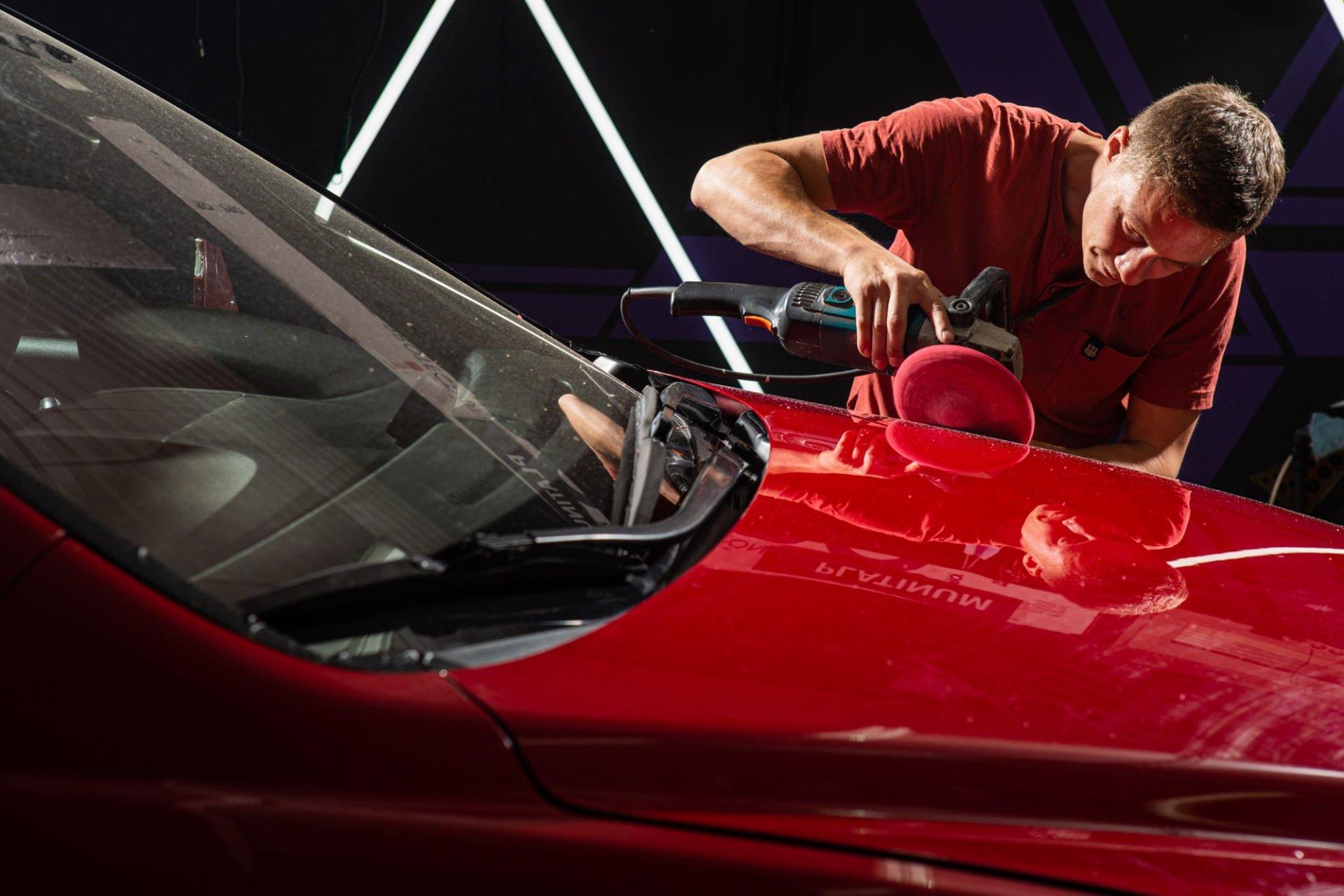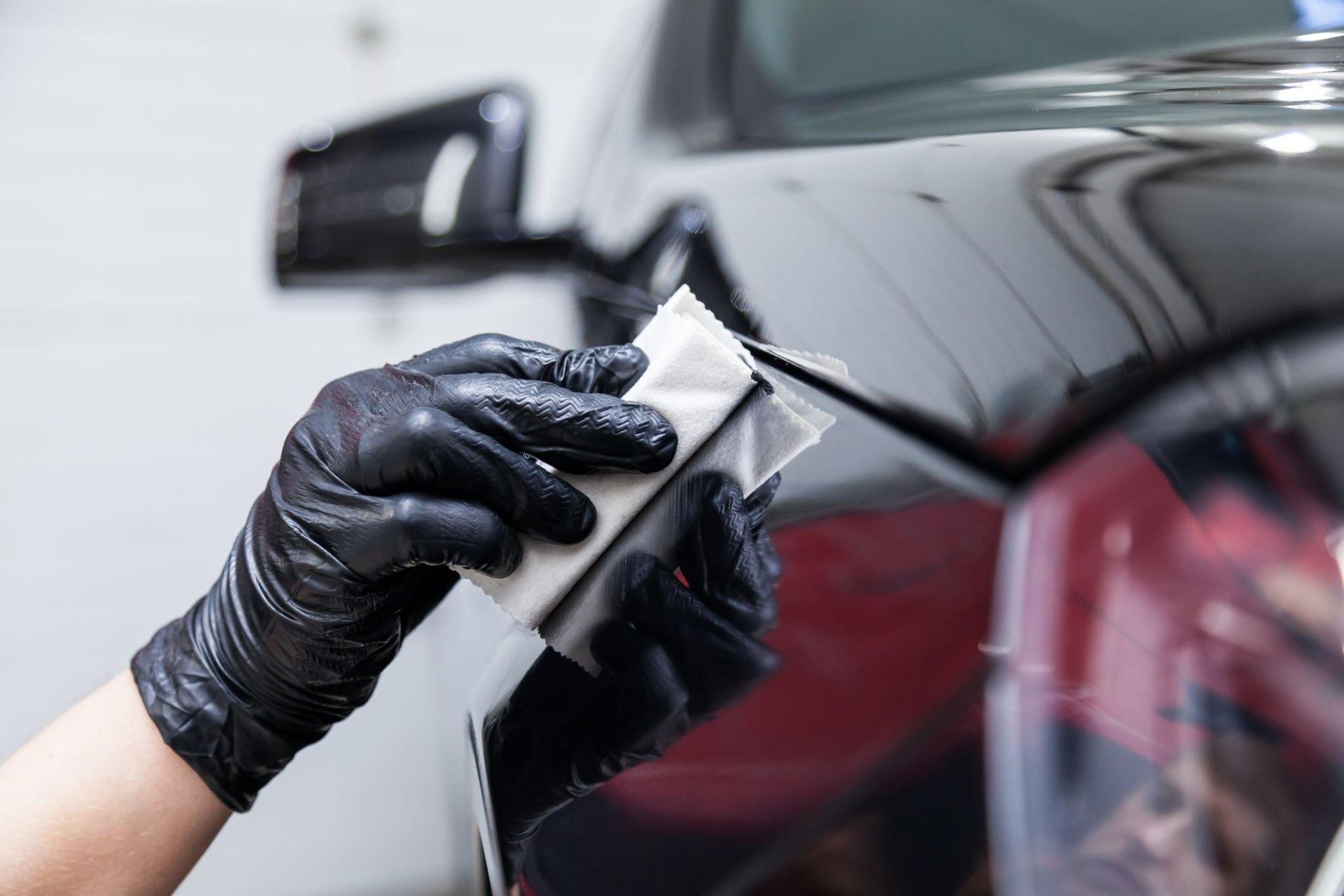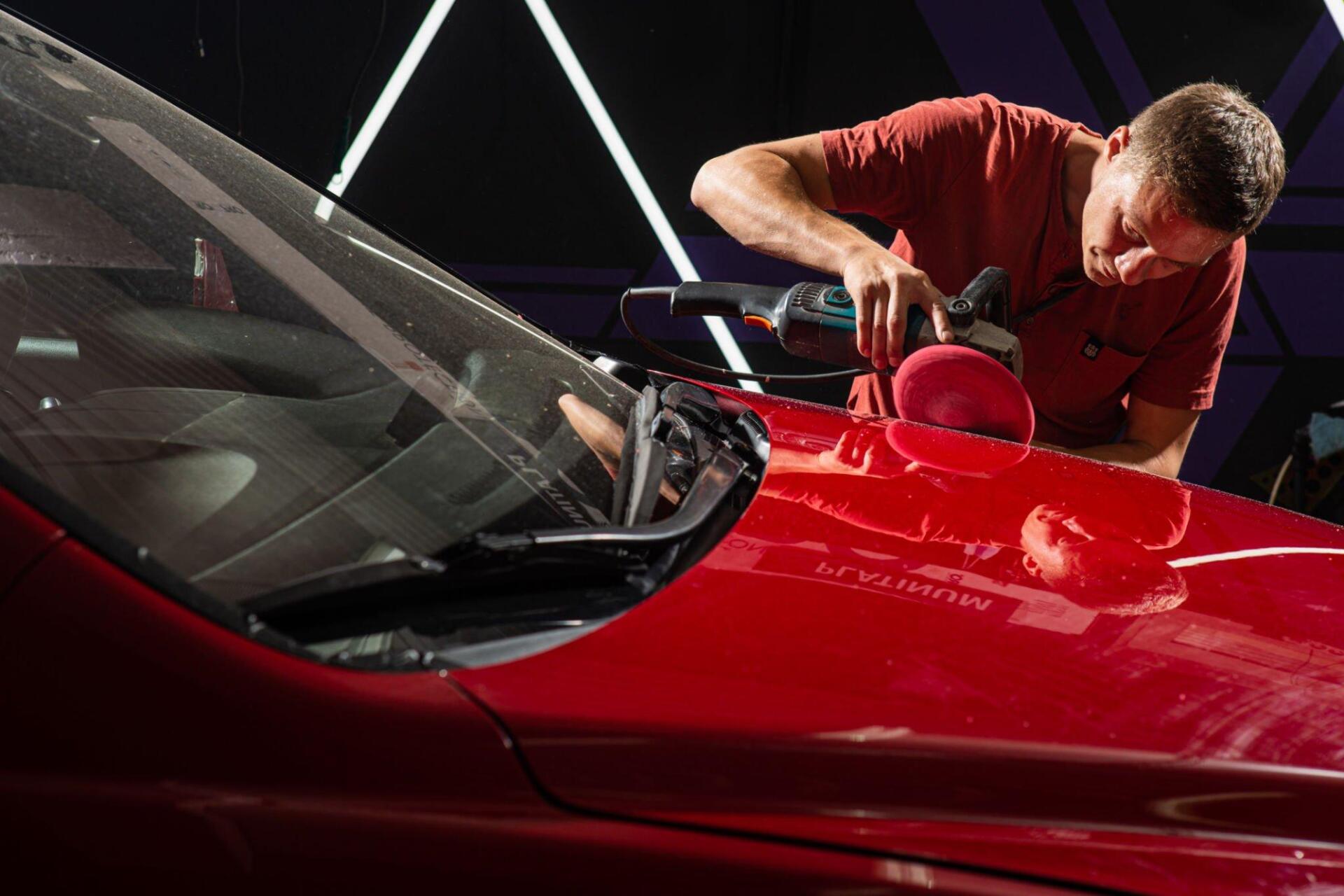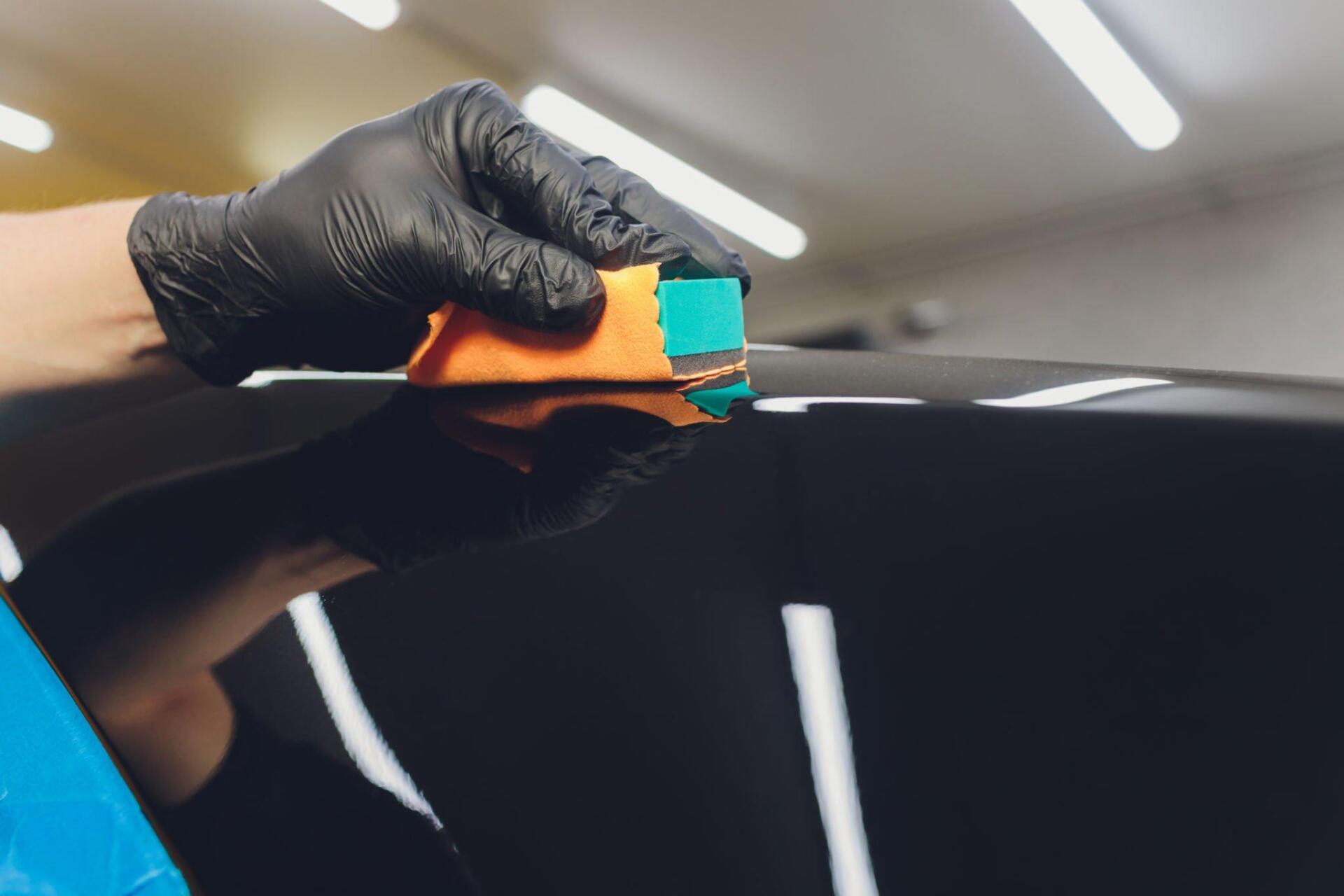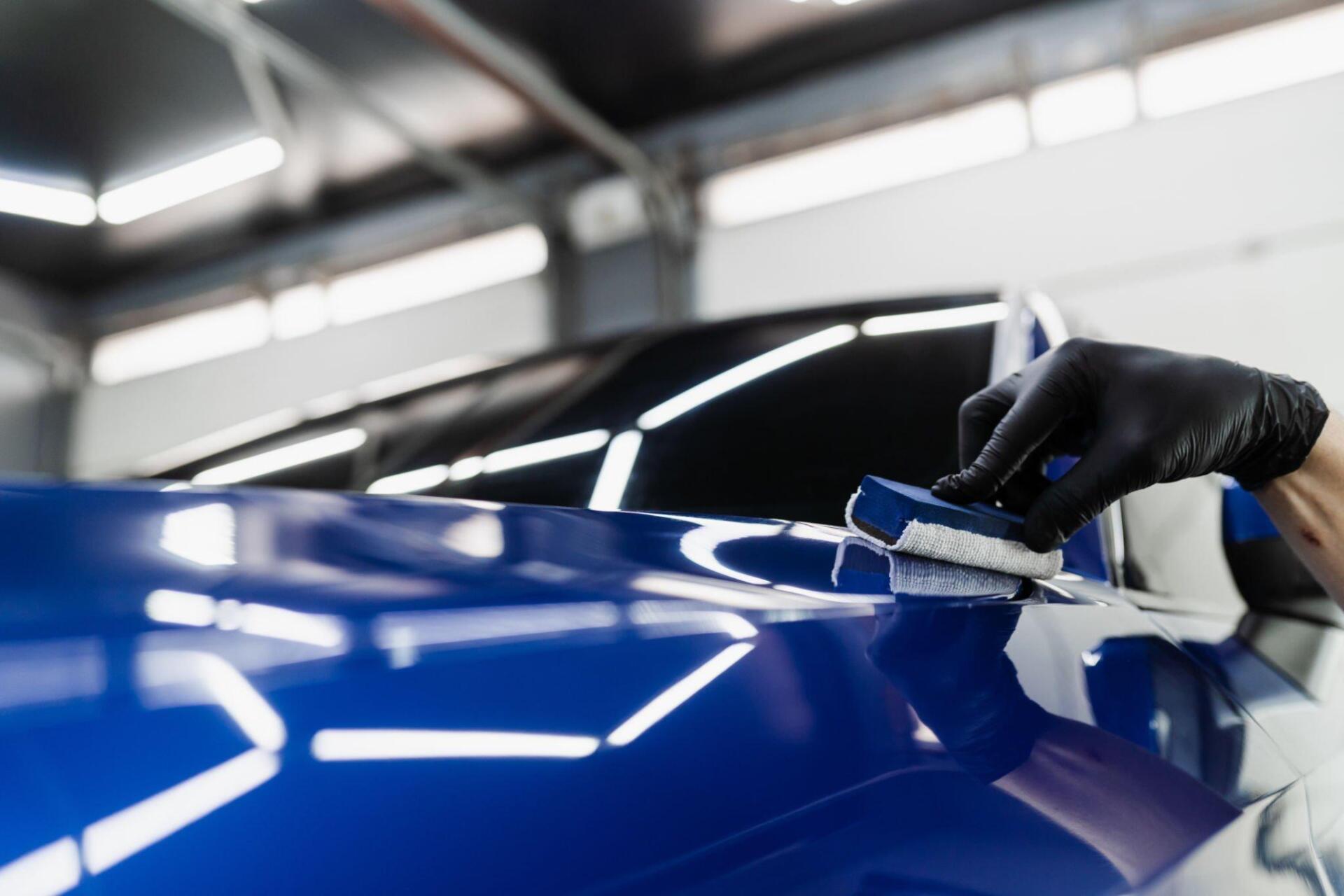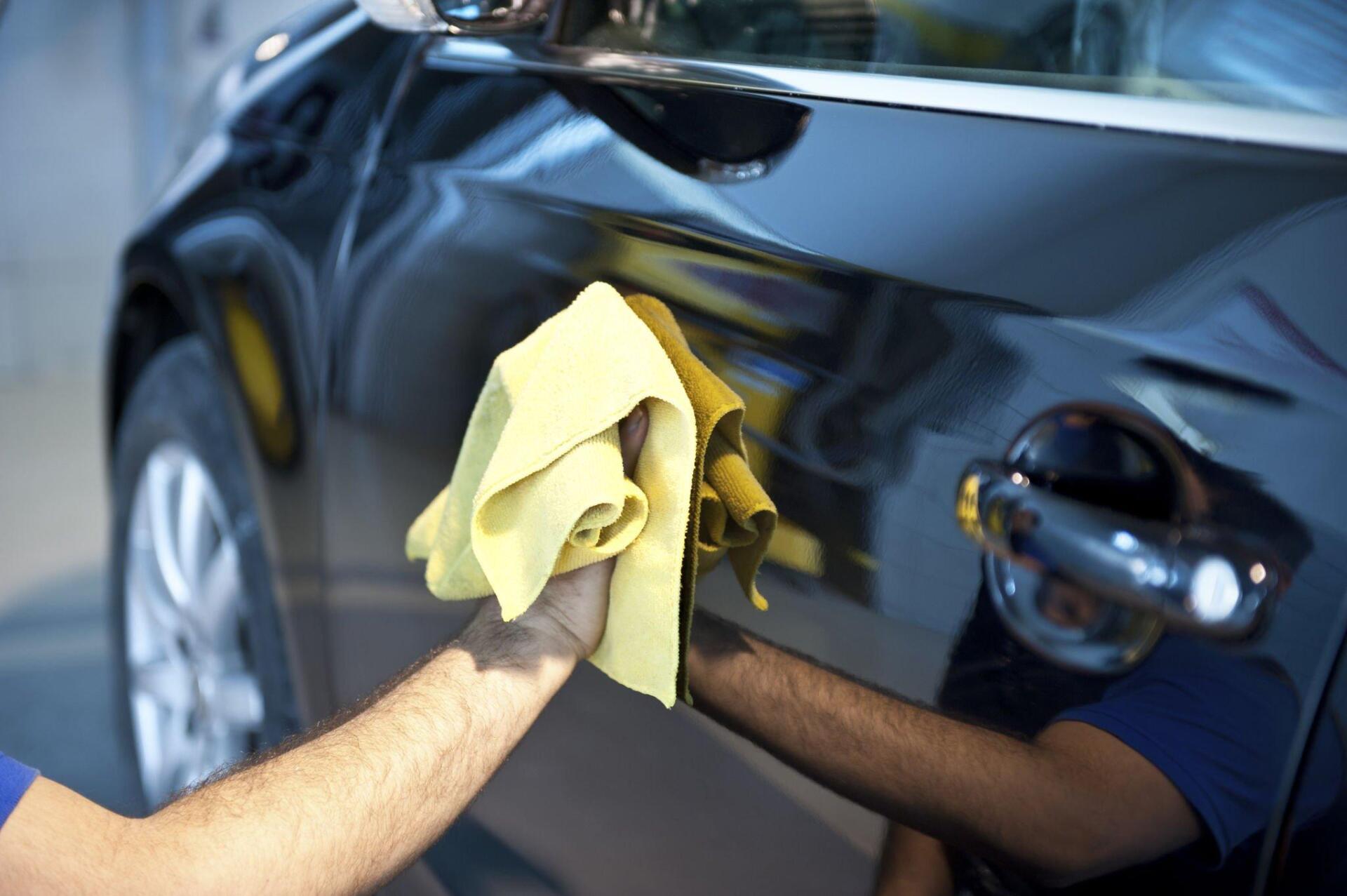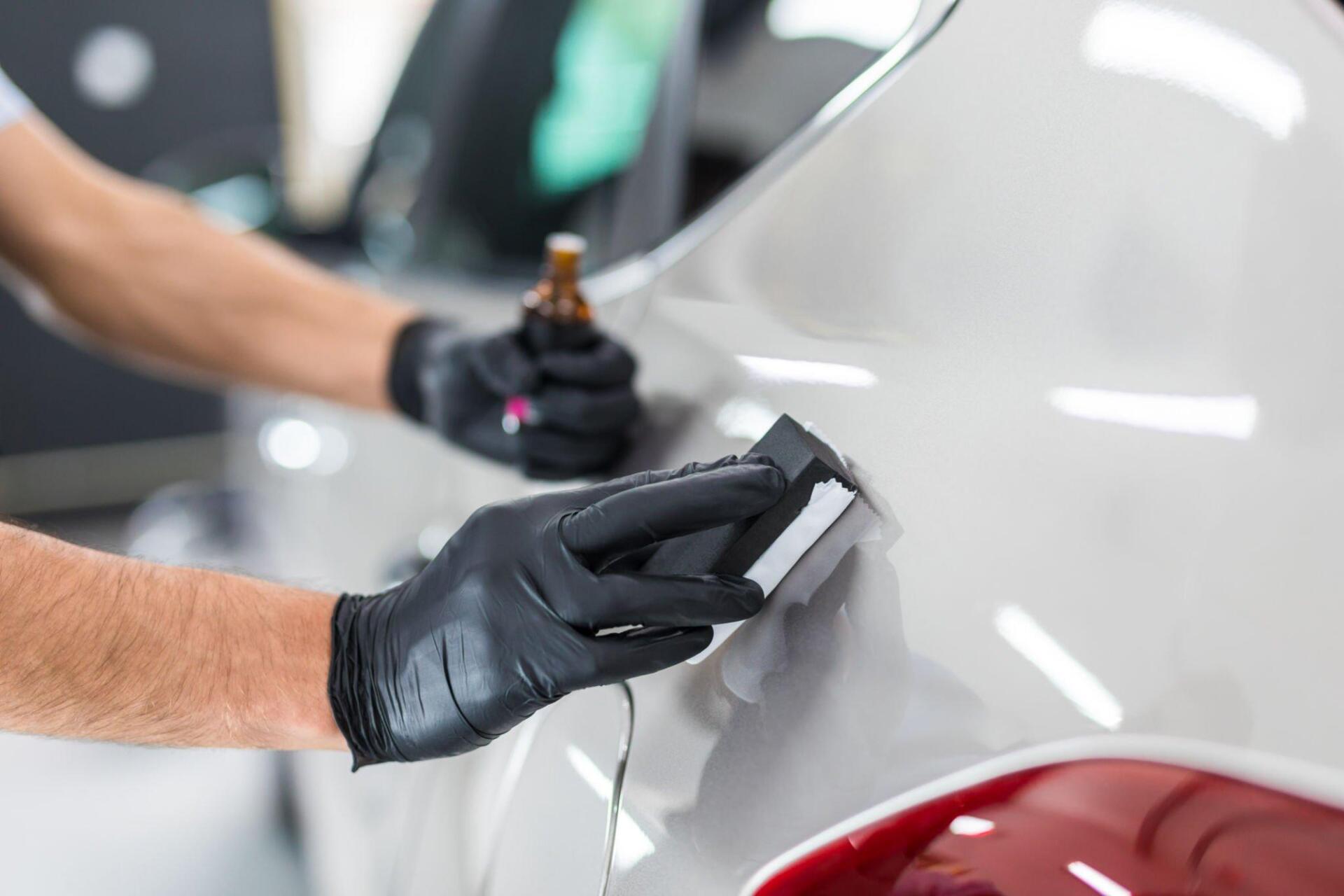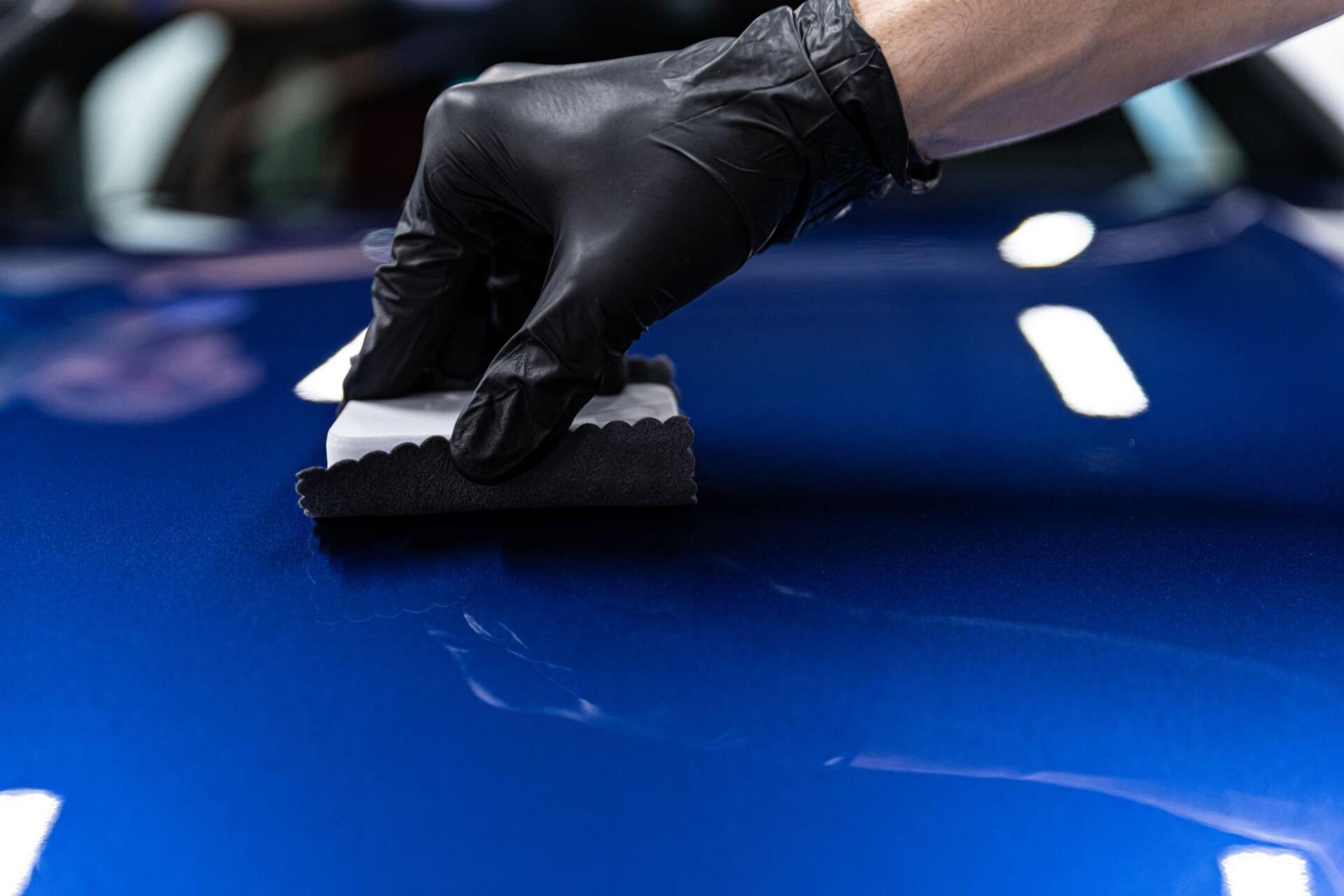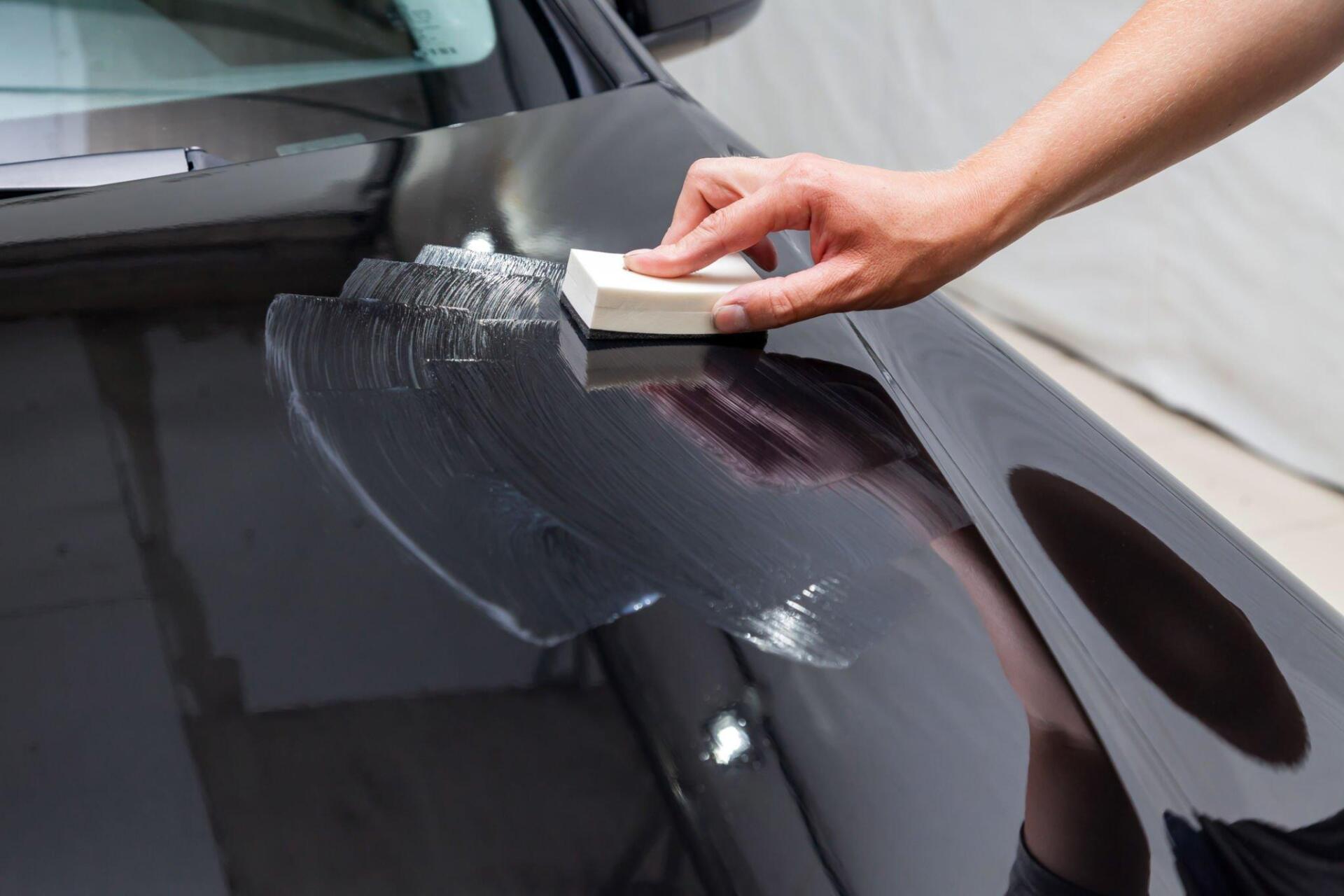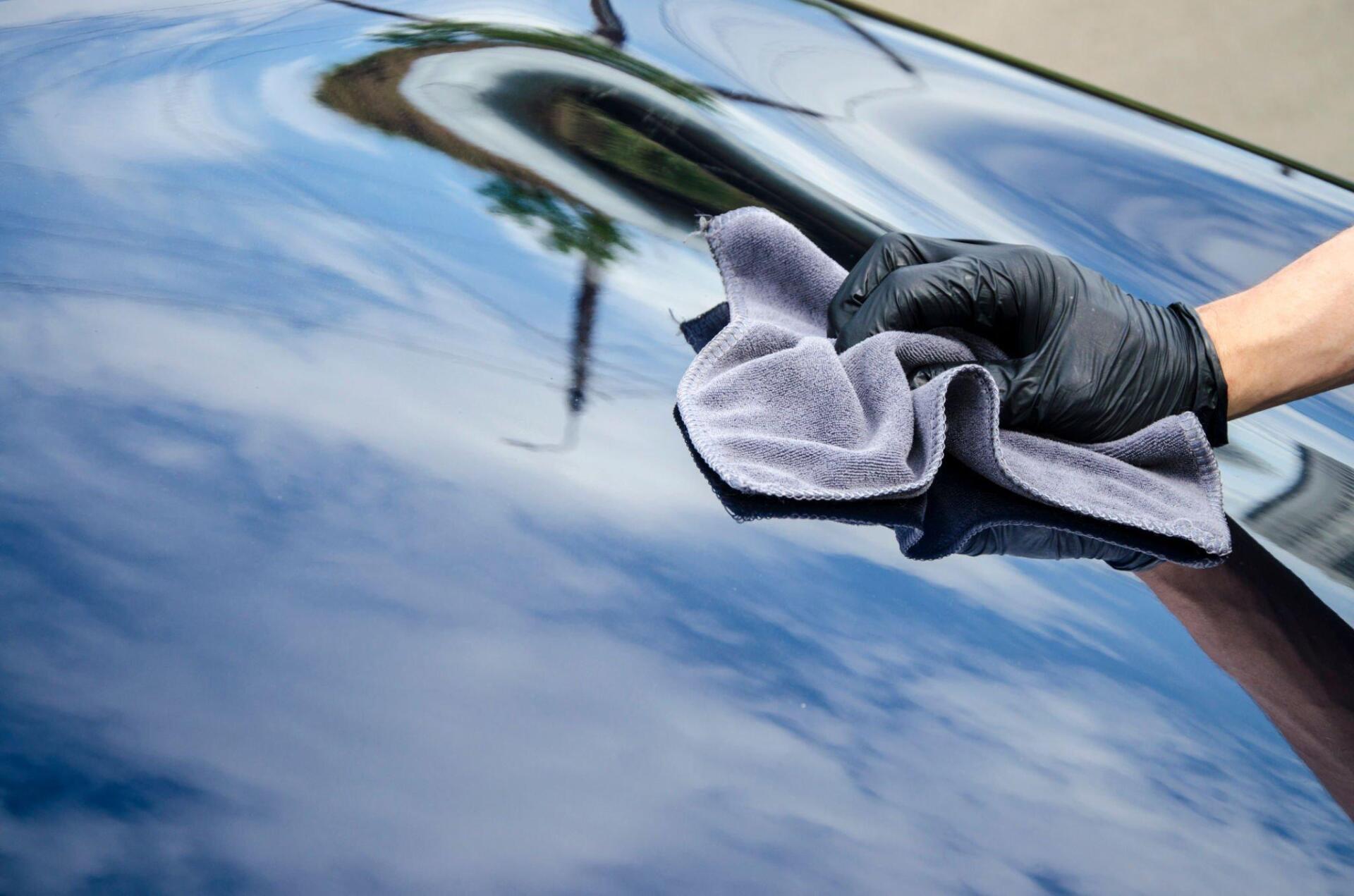How to Choose the Right Ceramic Coating for Your Vehicle?
How to Choose the Right Ceramic Coating for Your Vehicle?
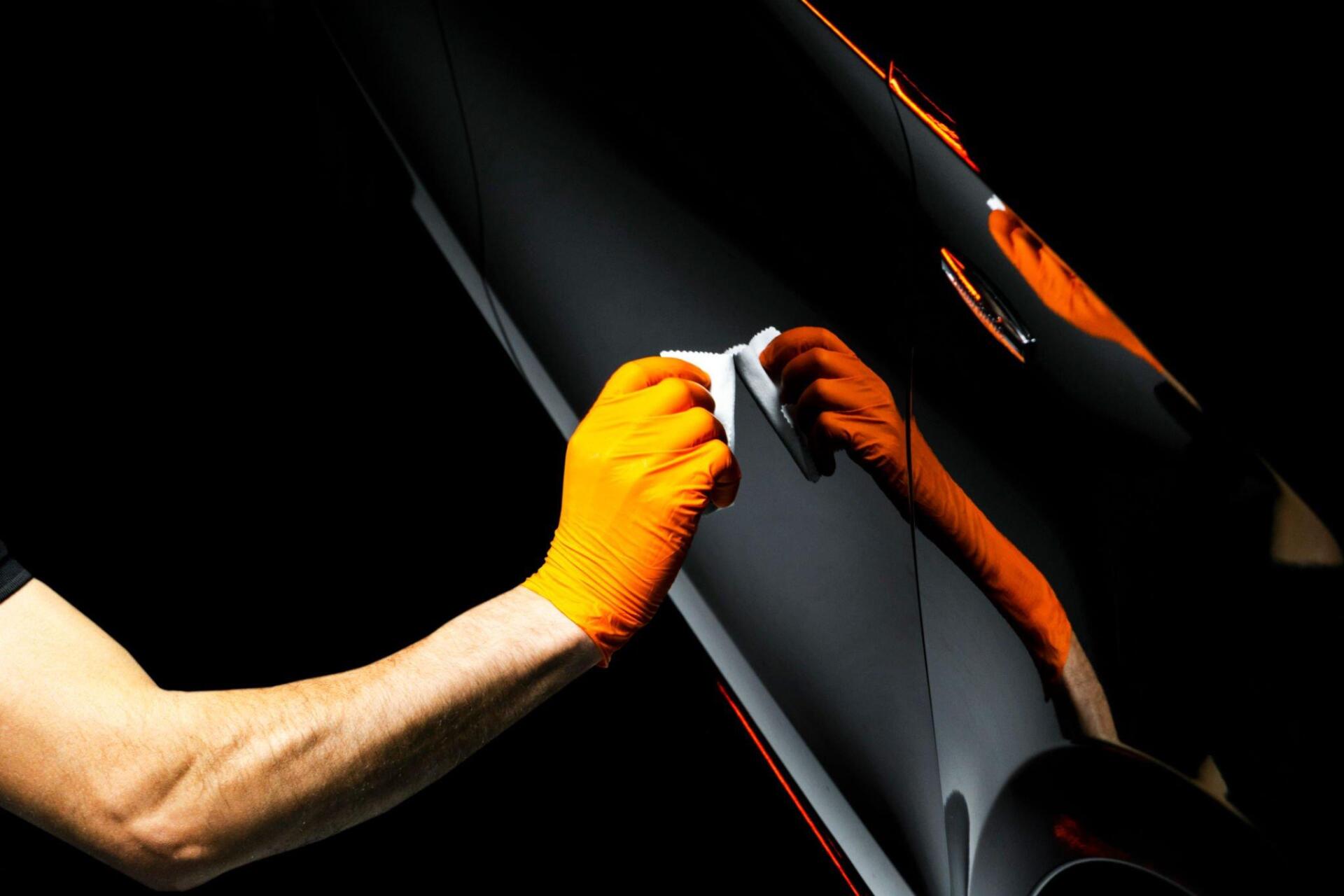
When applied correctly, ceramic coatings can also give the paint a deep, glossy finish and make it easier to clean.
With so many different ceramic coatings available on the market, it can be overwhelming to try and choose the right one for your vehicle.
In this article, we'll provide some tips and considerations to help you select the best ceramic coating for your specific needs and preferences.
Understanding ceramic coating terminology
Ceramic coatings are often used in various automotive, aerospace, and construction industries.
- Coating thickness: The thickness of the ceramic coating when applied to a surface, typically measured in micrometers (µm).
- Adhesion: The ability of the ceramic coating to bond to the surface it is used.
- Hardness: The resistance of the ceramic coating to scratching or other mechanical damage.
- Durability: The ability of the ceramic coating to withstand exposure to the environment over a long period.
- Gloss: The shine or luster of the ceramic coating.
- Hydrophobic: The ability of the ceramic coating to repel water.
- Osmotic resistance: The power of the ceramic coating to resist the penetration of liquids or gases through its surface.
- Thermal conductivity: The ability of the ceramic coating to transfer heat.
Different methods of applying ceramic coatings
There are several methods for applying ceramic coatings, including:
- Spray application: Use a particular spray gun to apply the ceramic coating to the surface.
- Brush or roller application: Use a brush or roller to apply the ceramic coating to the surface.
- Dip coating: Immersing the surface in a bath of ceramic coating.
- Plasma spraying: Using a plasma torch to vaporize the ceramic coating and spray it onto the surface.
- PVD (Physical Vapor Deposition) coating: Applying the ceramic coating to the surface using a high-vacuum chamber and a process called sputtering.
- Thermal spray coating: Applying the ceramic coating to the surface using a high-velocity stream of particles.
- Electroplating: Applying the ceramic coating to the surface using an electric current.
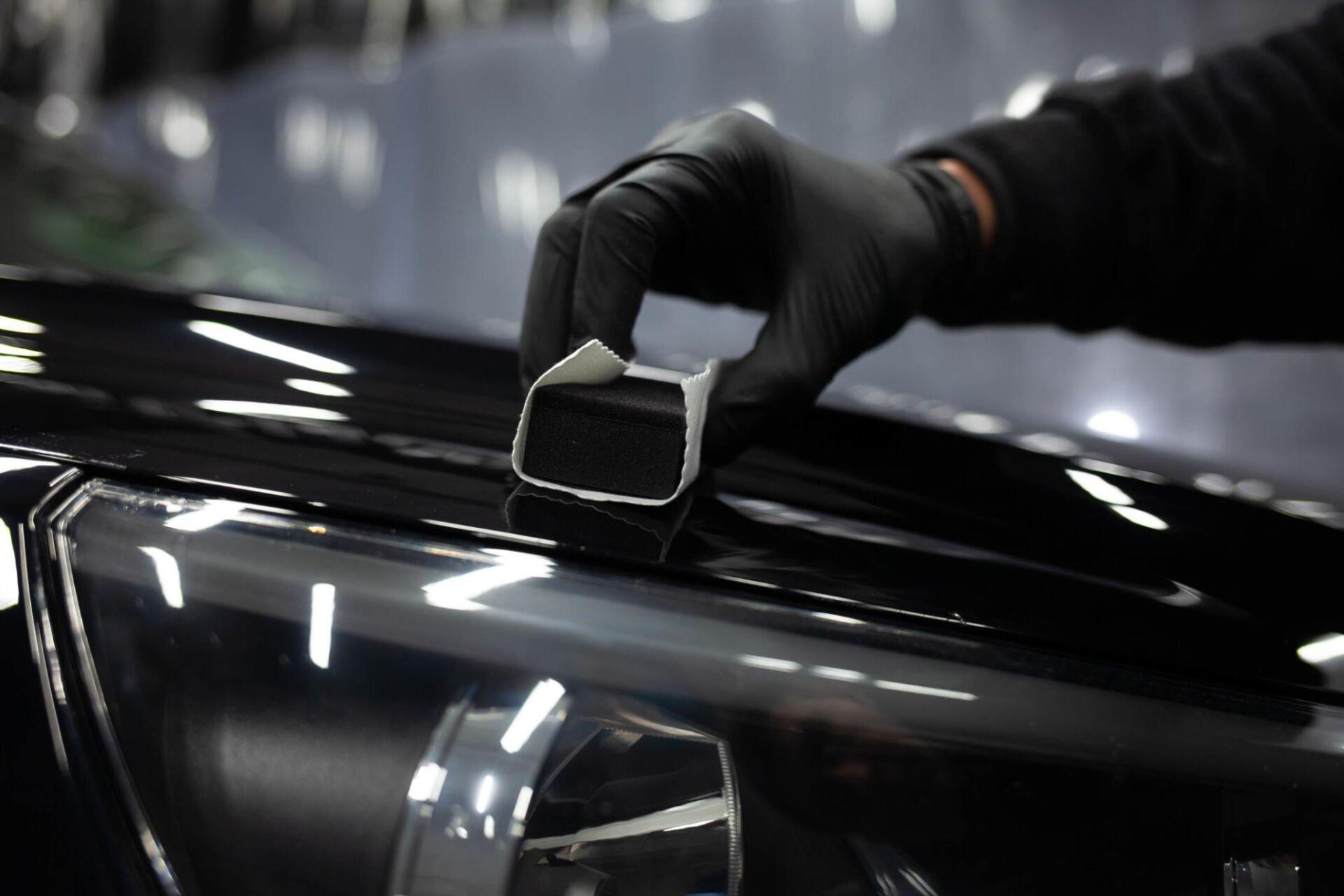
Factors that can affect the durability of a ceramic coating
Several factors can affect the durability of a ceramic coating, including:
- Coating thickness
- Surface Preparation
- Quality of the coating material
- Environmental factors
- Frequency of use
- Maintenance
- Substrate material
Pros and cons of ceramic coatings
Pros of ceramic coatings:
- Protect the surface from wear, corrosion, and other types of damage
- Extend the lifespan of the coated surface
- Improve the appearance of the surface by providing a glossy or satin finish
- Easy to clean and maintain
- Can be applied to a variety of surfaces, including metal, plastic, and glass
Cons of ceramic coatings:
- May be more expensive than other types of coatings
- May require professional application to achieve the best results
- May not be suitable for all surfaces, depending on the type of ceramic coating used
- May not be as durable as other types of coatings, depending on the type of ceramic coating used and the environmental conditions it is exposed to
- May require regular maintenance to maintain its protective properties
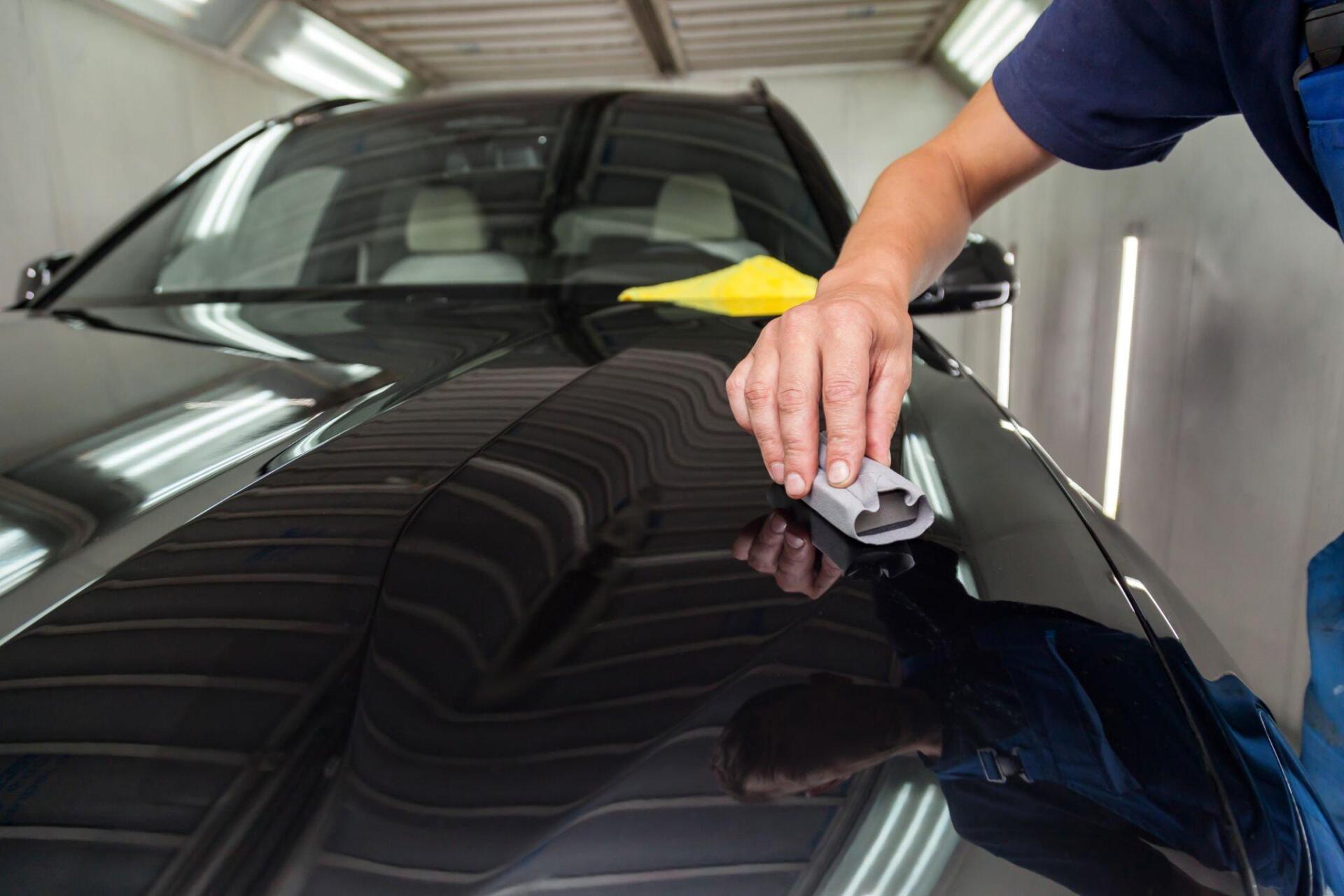
Ceramic coatings for specific types of vehicles (e.g., cars, motorcycles, boats)
Here are some specific examples of how ceramic coatings can be used for different types of vehicles:
- Cars: Ceramic coatings can be applied to the exterior of a vehicle to protect the paint from scratches, chips, and UV damage. They can also be used to the wheels and exhaust to protect them from corrosion and heat damage.
- Motorcycles: Ceramic coatings can be applied to the body and frame of a bike to protect the surface from wear and tear. They can also be used for the exhaust and other engine components to protect them from heat damage.
- Boats: Ceramic coatings can be applied to the hull of a boat to protect it from corrosion and UV damage. They can also be used to protect the deck and other surfaces from wear and tear.
Conclusion
In conclusion, ceramic coatings are a type of thin film coating made from inorganic materials that can be applied to various surfaces, including cars, motorcycles, and boats, to protect them from wear, corrosion, and other types of damage.

